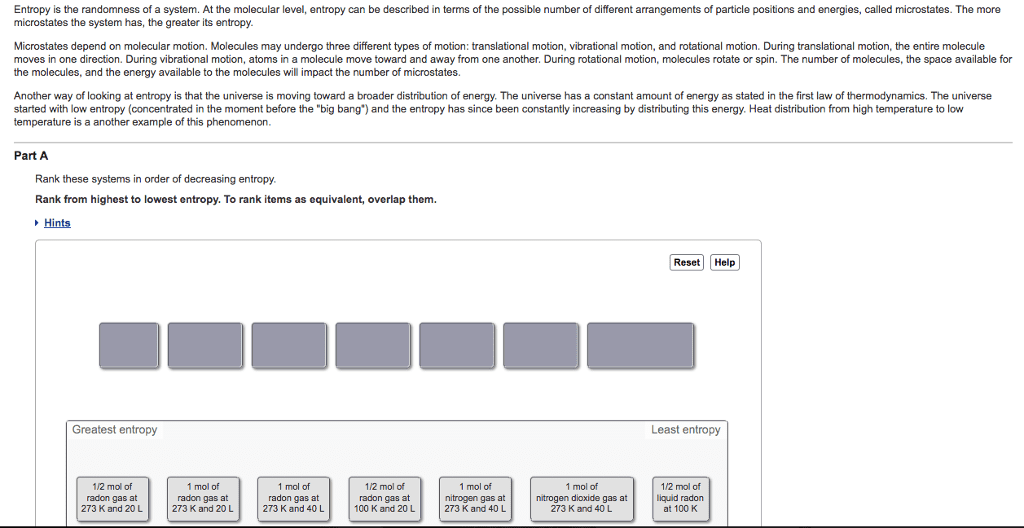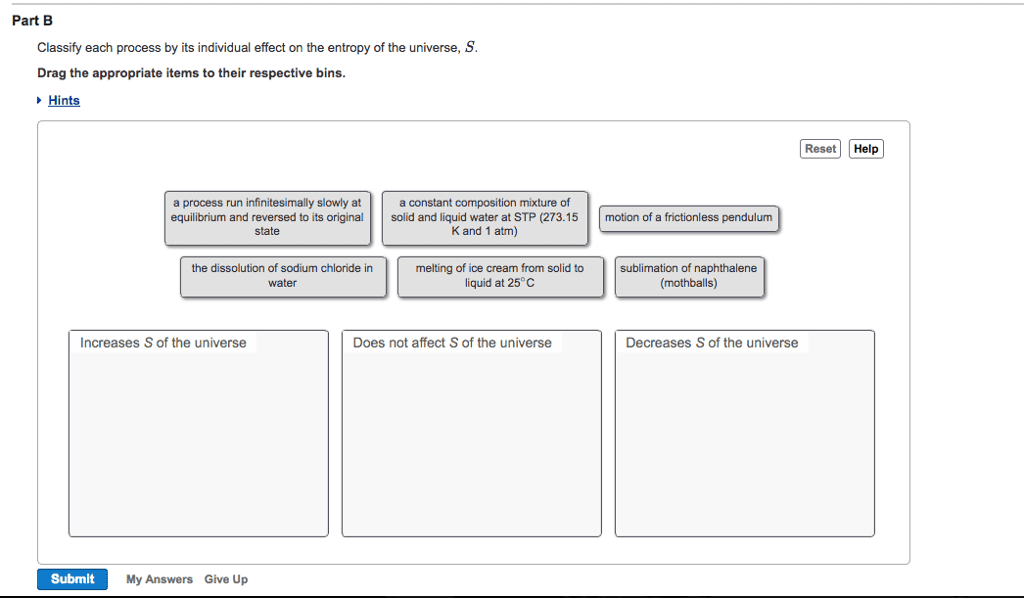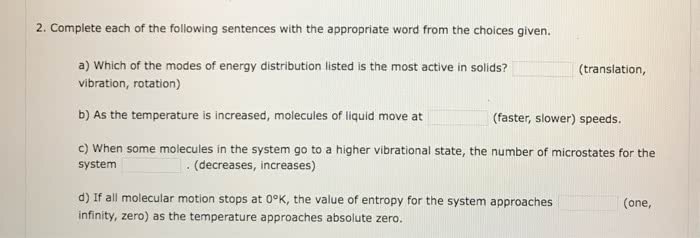CHEM 120 Study Guide - Midterm Guide: High Energy Stereoscopic System, Gibbs Free Energy, Reaction Quotient

26
CHEM 120 Full Course Notes
Verified Note
26 documents
Document Summary
Molecules can move (translate), rotate, vibrate, and re-arrange it"s electrons (excite) same as heat. Heat is the net sum of all the motions of molecules. All molecules don"t end up being equal but assume a distribution of these energies. Temperature is not an intrinsic molecular property but an extrinsic one. Conservation of mass: in a system, we neither gain nor lose mass (intuitive, and easy) Conservation of energy: a strange thing called energy" is also conserved. Energy has many different forms, and can interconvert and hide in clever places. Inputs are added together with outputs (isolated systems are easier than open, closed) earth, body, house examples. This work can also be expressed as an expansion against constant (external) pressure: work = force times distance = pextdeltav (in. We can detect the transfer of heat simply as an increase in the temperature of the surroundings.



